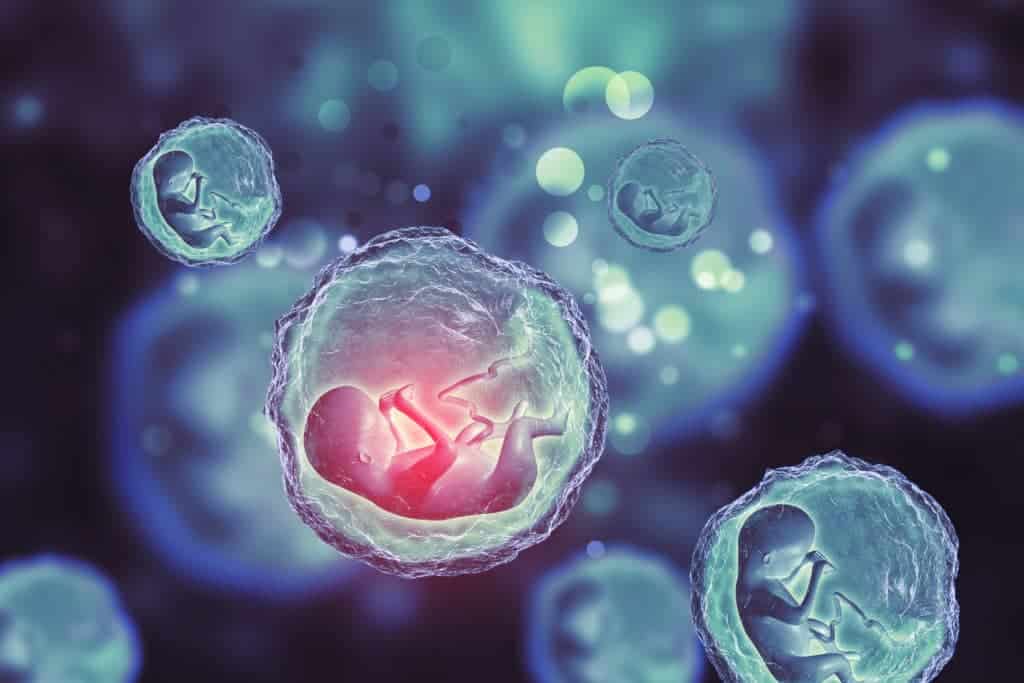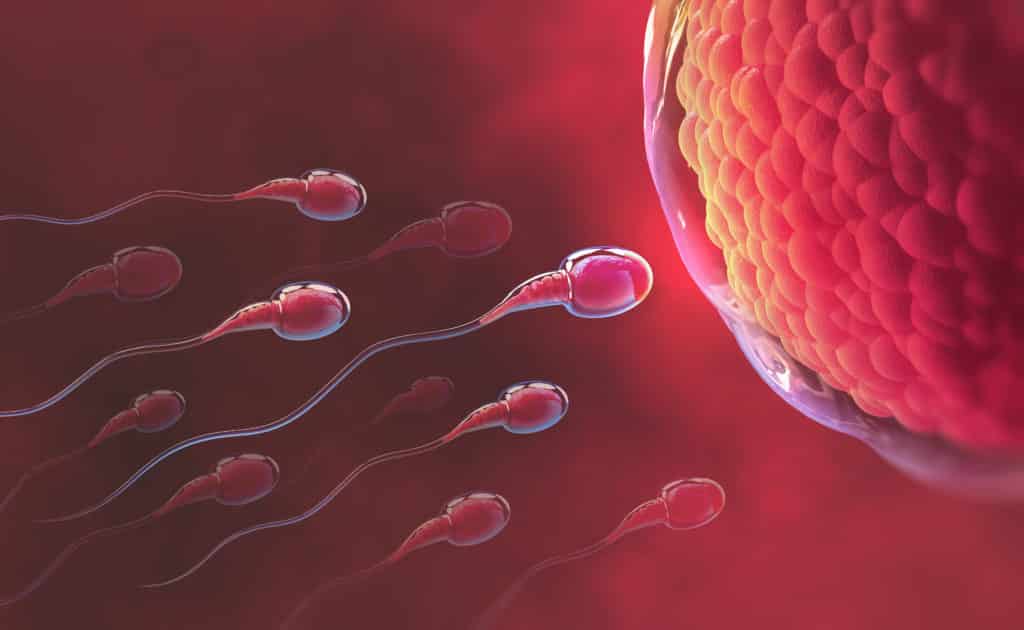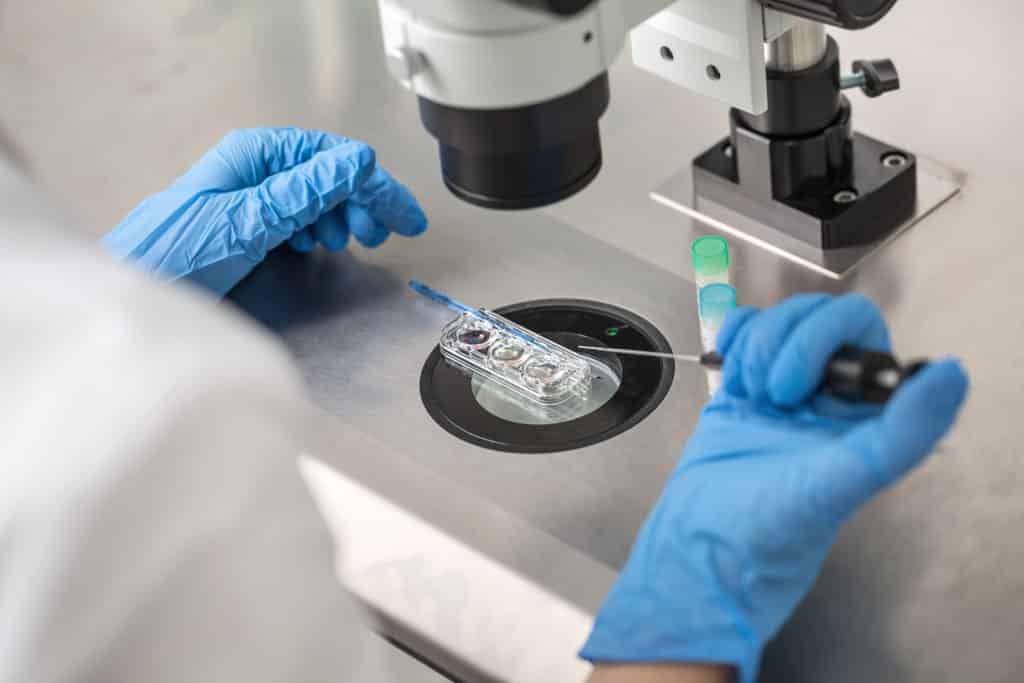Are you trying to get pregnant? Are you concerned that it’s taking longer than you thought it would? Have you ever considered what to do while you wait for that positive pregnancy test result? Do you need tips on how to boost your chances of conception?
Read on to discover all the answers you need.
Table of contents:
What Is TTC?
In plain terms, TTC means ‘trying to conceive’. This term refers to the period where a couple actively tries to get pregnant, even if one, or both of them have previously had children either together or with other people. It is especially important for those who are beginning the journey into parenthood. When the wait has extended beyond 12 months (even with regular unprotected sex), TTC is medically called infertility.
The truth is, having a baby isn’t always as straightforward as having unprotected sex and then getting a positive pregnancy test result. In some cases, TTC involves periods of patience, research, adjustments, and treatments, before the good news comes!
Many factors increase or reduce the odds of conception. In fact, the American Pregnancy Association postulates that with frequent unprotected sex, only 85% of couples get pregnant within one year of trying to conceive.
In addition to explaining all there is to TTC, we’ll supply the info you need to help you through this journey. Before we talk about the process of trying to conceive, let’s take a moment to understand how conception actually happens.
How Does Conception Occur?
Conception simply means the fertilization of a mature egg by a mature sperm. This process occurs when a fertile sperm cell from a man moves up through the vagina and into the uterus of a woman. As the egg released during ovulation travels from the ovary to the uterus, the sperm cell joins and subsequently fertilizes it.
After fertilization, the egg divides continuously as it moves down the fallopian tube. In about seven days, the fertilized egg has traveled to the uterus and become a growing mass of living cells called a blastocyst.

Eventually, this blastocyst attaches to and subsequently becomes immersed in the endometrium of the uterus via a process called implantation. This process results in the release of certain pregnancy hormones which stop menstrual periods and promote the growth of a baby in the uterus, leading to what is commonly referred to as pregnancy.
What Causes The Wait?
Medical studies show that 10-18% of couples have trouble getting pregnant in at least the first year of trying. Most times, the cause is unknown or a combination of male and female factors. Thankfully, recent studies have shown that 95% of couples successfully conceive after about two years of trying. The wait while trying to conceive may be caused by female, male or unidentified factors.
A. The Female Factors
1. Ovulation Disorders
Ovulation is the release of an egg from the ovary, usually once a month. Disorders to this process cut across everything from irregular cycles to no cycles at all. Ovulation disorders are often caused by hormone fluctuations in the body. The variations in hormone level can cause any of the following conditions:
- Polycystic Ovarian Syndrome (PCOS): This is the most common cause of female infertility. PCOS is characterized by cysts in the ovary which affect ovulation.
- Primary Ovarian Failure: In this case, disruption to normal ovulation is caused by an autoimmune response (from the body’s own defense systems) or by exposure to harmful radiation. When this occurs, the ovary no longer produces eggs causing infertility.

2. Tubal Infertility
Another major cause of infertility is damaged/blocked fallopian tubes. In a blocked or damaged fallopian tube, sperm doesn’t get to the egg and conception does not occur. This condition can arise from:
- Pelvic Inflammatory disease
- Abdominal/Pelvic surgery complication
3. Uterine/Cervical Factors
In this case, various factors that affect the ability of a fertilized egg to implant in the uterus cause infertility. These factors include:
- Fibroids
- Endometriosis
- Congenital anomalies
- Cervical Stenosis
- Cervical mucus alterations
B. The Male Factors
In about one-third of cases, infertility is caused by challenges with the male partner. Some of the leading causes of male infertility include:
- Low sperm count: Usually, sperm count should be up to 20 million/ml. Any quantity below this value is considered to be inadequate, resulting in low sperm count.
- Poor sperm motility: Sperm is expected to move really fast and in a straight line. In cases where above 60% of sperm have abnormal motility, a diagnosis of asthenospermia (poor sperm motility) is made.
- Abnormal sperm shape: Whenever 60% of a person’s sperm is abnormal in shape and size, he is said to have tetratospermia or abnormal sperm shape.

C. Unidentified Factors
Sometimes, no one really knows. For some couples, the actual cause of infertility remains elusive. However, it may simply result from several minor factors in both partners. Although we understand it may be frustrating to get no pinpoint answer, this conception problem may correct itself with time.
The Risk Factors
Just like it is with every other medical condition, certain factors or life processes can increase the possibility of infertility.
Some factors which increase the TTC period include:
- Age: Sadly, the quality and quantity of a woman’s viable eggs decline with increasing age. Women above 35 may have to wait longer to conceive due to reduced egg population and poorer quality eggs.
- Weight: Being obese, overweight or markedly underweight may alter the process of ovulation.
- Smoking: In addition to damaging the lungs, smoking also affects the cervix and uterine tubes, leading to infertility. Furthermore, smoking increases the risk of miscarriage and ectopic pregnancy. It may also lead to a lower sperm count in men. Therefore, we strongly advice couples to stop smoking while trying to conceive or before beginning fertility treatment.
- Sexual History: Sometimes, STIs like Chlamydia and Gonorrhea may damage the fallopian tubes, or obstruct the male reproductive tract, which eventually causes infertility. Unprotected sex with multiple partners increases the possibility of these STIs and the eventual fertility problems that come with it.
What to Do While You Wait
This period may be stressful and confusing, so we’ve compiled a few tips to lend a hand and make this journey easier:
1. Have Sex Often.
Pretty basic, yeah? The truth is: You need sex to get pregnant (If you aren’t opting for artificial methods, that is). Although people say it takes only one moment to get pregnant, couples in the TTC phase have found this saying to be largely false.

While waiting, we advise that you have sex as often as possible (especially in the days before and after ovulation). Increasing sexual activity during your fertile window is really important.
In fact, the American Pregnancy Association states that your egg can only survive for about 24 hours after ovulation. Therefore, we recommend that once your egg is released, you should have sperm waiting eagerly for it.
2. Understand Your Body
In every case, a woman is advised to become very familiar with her body. This knowledge is really important as it helps track fertility.
A key point to note is the nature of your cervical mucus – the amount increases and appears as a clear, stretchy fluid in the vagina during your fertile periods.
In addition to this, the basal body temperature rises a few days after ovulation.

With a solid understanding of these changes, couples can plan sex to the most fertile periods.
3. Eat Healthy
The fact is, you need to nourish yourself before you can begin to support and nourish a growing baby. Generally, good nutrition and a healthy diet is important for conception and also pregnancy.
The way forward is to get the best out of every meal. Eat whole grains, fruits, healthy fats, and proteins as often as possible. Another way to really boost your fertility via food is to consume at least one serving of full-fat dairy products daily.

4. Maintain a Healthy Weight
As we mentioned earlier, overweight and underweight women face a higher risk of conception problems. If you’re aiming to lose weight before pregnancy, exercise moderately and follow an approved diet.
In fact, studies have shown that intense exercise routines (of above 5 hours per week) are associated with decreased ovulation and increased infertility.
5. Reduce Stress

Stressors exist, we agree. However, we suggest that you take breaks, eat well, and rest often to reduce the stress levels before pregnancy.
6. Don’t Smoke
Tobacco poses a serious threat to fertility in most women. Furthermore, it affects a person’s general health in many ways. We strongly advise that smokers who hope to conceive should quit the habit ASAP.
7. Limit Coffee
In this article, we talked about how much caffeine is safe during pregnancy. Recent research shows that limiting caffeine consumption to 200mg daily would not affect a woman’s ability to get pregnant.
8. Stay Positive
Even if everything goes right, to the last letter, pregnancy may remain elusive. As frustrating as this may be, always remember that you’re not alone. According to the Centre for Disease Control, over 6 million women in the United States struggle to conceive.
We advise that you find respite in the fact that other women are fighting this battle alongside you. It is not a unique challenge. Visit friends, talk to your family, receive encouragement from your partner, and motivate yourself.
9. Get Help
Psychological studies have shown that infertile couples may experience major anxiety and emotional issues.
In cases where a round of fertility treatment ends up unsuccessful, couples may have severe feelings of loss or grief.
In all this, it is essential to remember that you’re not alone. While you wait, accept help from family, friends, your partner, and even support groups.
Also, there are multiple ways to seek support and help couples/individuals struggling with infertility and their mental health. Some essential tips include:
- Start the mental health conversation early
- Find a hobby and do it regularly
- Accept support
- Be open with your healthcare professionals
- Join a TTC support group

What’s The Best Time to See a Doctor?
Although the timelines vary amongst different couples, we recommend you book an appointment to speak with the doctor regarding infertility if:
- You’re below 35 and have been TTC for about a year.
- You are 35 or older and haven’t conceived even after six straight months of trying
- There is a possibility your partner has fertility problems
- You or your partner have libido problems or issues with sexual performance.
- There is any possibility of depression, anxiety, or panic attacks.
Thankfully, most doctors and nurses are understanding, patient and caring enough to give you all the help you need.
How Is Infertility Managed?
In most cases, infertility treatment ranges from counselling to advice, medication and even surgery.

In addition to the tips listed above on what to do while waiting, infertility can be managed by:
- Treating the underlying medical problem: When infertility results from medical conditions like infections or ovulation problems, the best method is to address the underlying issue.
- Drug Therapy: Another viable option is to consider fertility drugs which are designed for women with ovulation problems. In this instance, it is really important to speak with your doctor about which drug is best for you. Before starting drug therapy, you should understand the benefits and side effects of every drug to be used.
- Assisted Reproduction Techniques (ART): This involves stimulating a woman’s ovaries to produce healthy eggs which are extracted and fertilized with sperm in a specialized laboratory. After some days, the fertilized egg grows into an embryo and is placed in the uterus for implantation.
- Surrogate and gestational carriers: Options like donor eggs, donor sperm or surrogacy (when another woman carries a baby for you) can also be used to overcome infertility.
- Surgery: This is used to repair damage to a woman’s ovaries, uterus or fallopian tubes. Furthermore, the male partner may have infertility problems that surgery can correct.
A Final Note
Finally, we understand that waiting for conception comes with unique problems. However, you are not alone and everything would work out fine. With the tips above, we’re confident that you’d thrive through the wait.
Stay strong.

